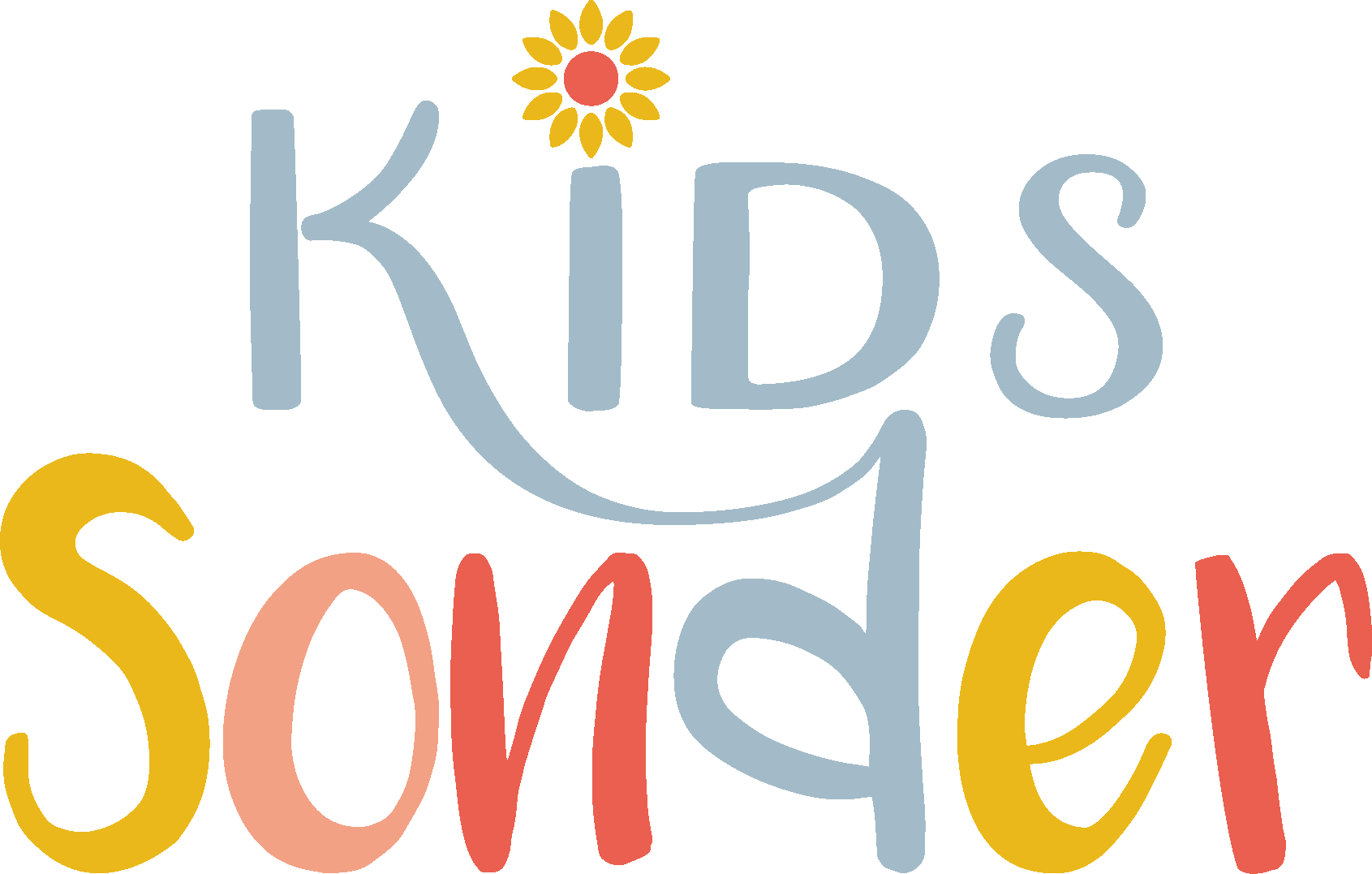Understanding how to engage learners at different levels is key to fostering a lasting interest in livestock animal science. Whether working with young learners just starting their agricultural journey or experienced students looking to expand their knowledge, tailoring lessons to different skill levels ensures effective and meaningful learning experiences. Let’s explore what defines beginner, intermediate, and advanced learners and how to engage them using the 50+ ideas for livestock learning at any level.
What Defines Beginner, Intermediate, and Advanced Learners?
-
Beginner Learners: These learners are new to livestock animal science, typically unfamiliar with basic terminology, external anatomy, animal care, and industry concepts. They need hands-on activities that introduce fundamental principles in an engaging and accessible way.
-
Intermediate Learners: At this stage, learners have a basic understanding of livestock and are ready to build on their knowledge. They are moving from basic animal terminology to internal systems and more in-depth breed and species characteristics. They benefit from activities that involve more critical thinking, deeper exploration of industry topics, and practical applications of their learning.
-
Advanced Learners: These students have a strong foundation in livestock science and are ready for complex discussions, in-depth research, and real-world problem-solving related to the industry. They thrive on leadership opportunities, scientific inquiry, and applications of their knowledge in industry-related contexts.
Engaging Beginner Learners
For those new to livestock animal science, hands-on and sensory experiences help build a strong foundation. Activities that introduce animal names, breeds, and basic care provide essential knowledge in a fun and accessible way.
Activity Ideas:
-
Livestock Matching Game: Match different livestock breeds with their characteristics and uses. Flashcards, worksheets and games.
-
Farm Animal ID: Learn to identify different species and their purposes.
-
Feed Comparison: Explore different types of feed and how they meet animal nutritional needs. Flashcards, worksheet and games.
-
Basic Care Simulation: Use stuffed animals or models to practice handling and feeding techniques.
-
Egg to Chick Observation: Track the hatching process by incubating eggs and observing daily changes.
-
Livestock Sound Recognition: Learn to identify different animal sounds and what they mean.
-
Storytelling with Farm Books: Read and discuss books related to farm animals and their roles.
Engaging Intermediate Learners
Intermediate learners can expand on foundational knowledge by exploring how livestock management and industry processes work. Hands-on activities combined with research-based projects help reinforce key concepts.
Activity Ideas:
-
Breed Research Project: Compare and contrast different breeds of livestock and their traits.
-
Livestock Life Cycle Study: Investigate the different stages of growth and development in an animal's life.
-
Nutrient Balancing Challenge: Create a balanced diet for a specific livestock animal using real feed samples. Nutrient groups.
-
Introduction to Animal Health: Learn basic signs of illness and how to promote animal well-being.
-
Grazing Pattern Study: Observe and document how different animals graze and their impact on pasture health.
-
Dairy Product Making: Make butter or cheese to explore the farm-to-table concept.
-
Livestock Tool Identification: Learn about different tools used in animal care and their purposes.
Engaging Advanced Learners
For those with a strong grasp of livestock science, advanced activities should encourage leadership, critical thinking, and in-depth exploration of industry-related topics.
Activity Ideas:
-
Livestock Management Plans: Develop a detailed plan for raising, feeding, and managing livestock.
-
Animal Genetics Study: Analyze the impact of genetics in livestock breeding programs.
-
Economic Analysis of Livestock Production: Explore the financial aspects of raising livestock and marketing animal products.
-
Agriculture Policy Debate: Research and discuss regulations impacting the livestock industry.
-
Advanced Animal Behavior Study: Conduct behavioral observations and analyze patterns in livestock interactions.
-
Veterinary Case Studies: Explore real-life animal health cases and develop treatment plans.
-
Artificial Insemination & Breeding Ethics Discussion: Research reproductive technology and its ethical considerations in livestock.
Conclusion
No matter their experience level, learners can develop a strong understanding of livestock animal science through tailored activities that meet them where they are. By offering engaging and appropriate challenges, we can inspire the next generation of agricultural leaders and animal science professionals. Whether starting with basic animal ID or diving into genetic research, there’s always an opportunity to grow in livestock learning!
Related blog post:



